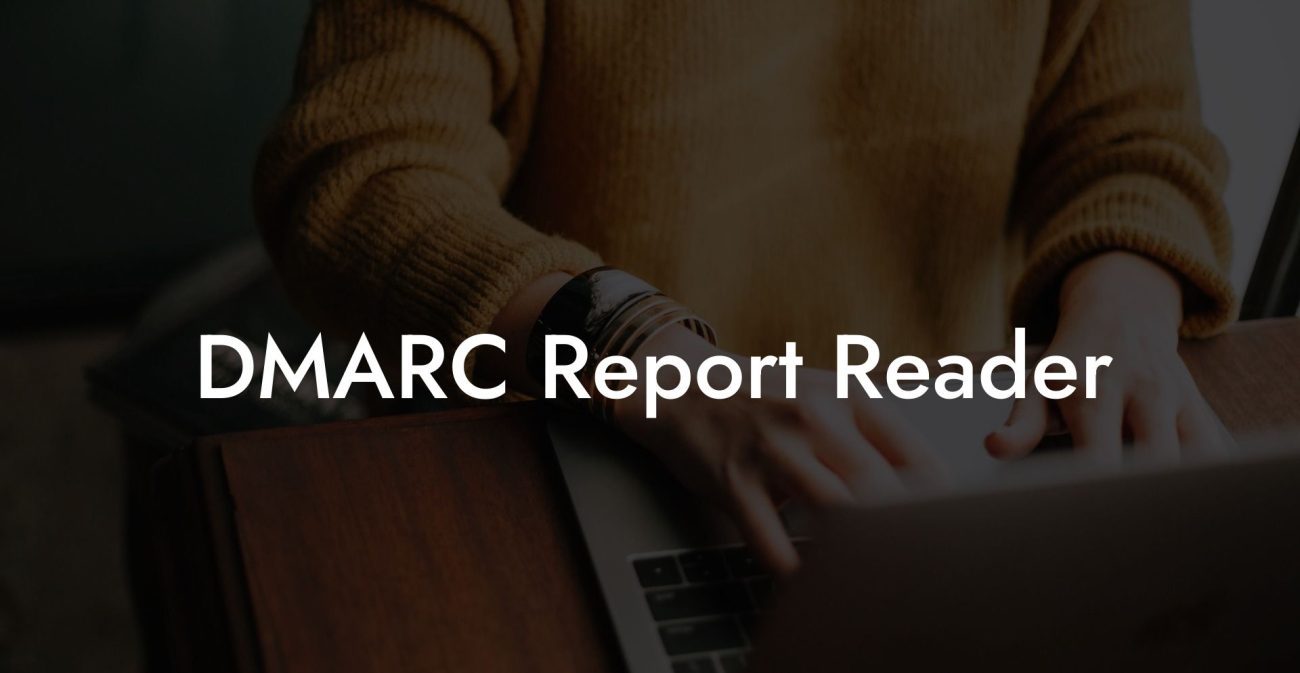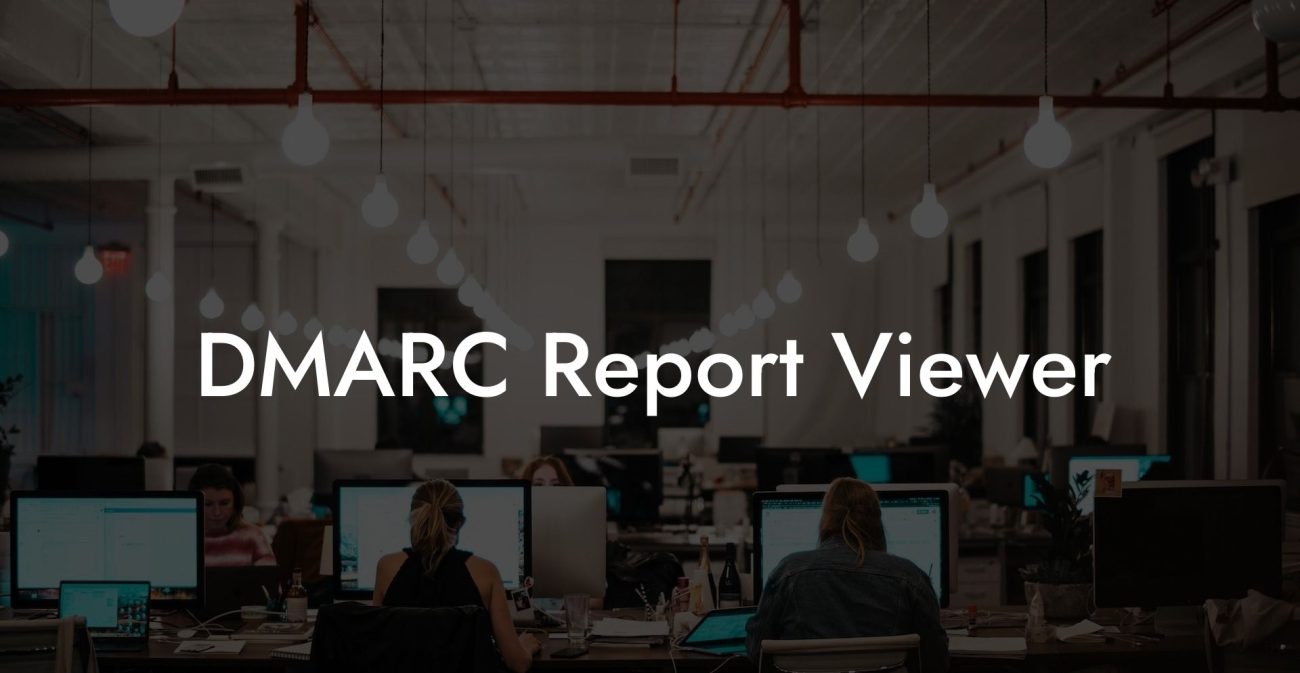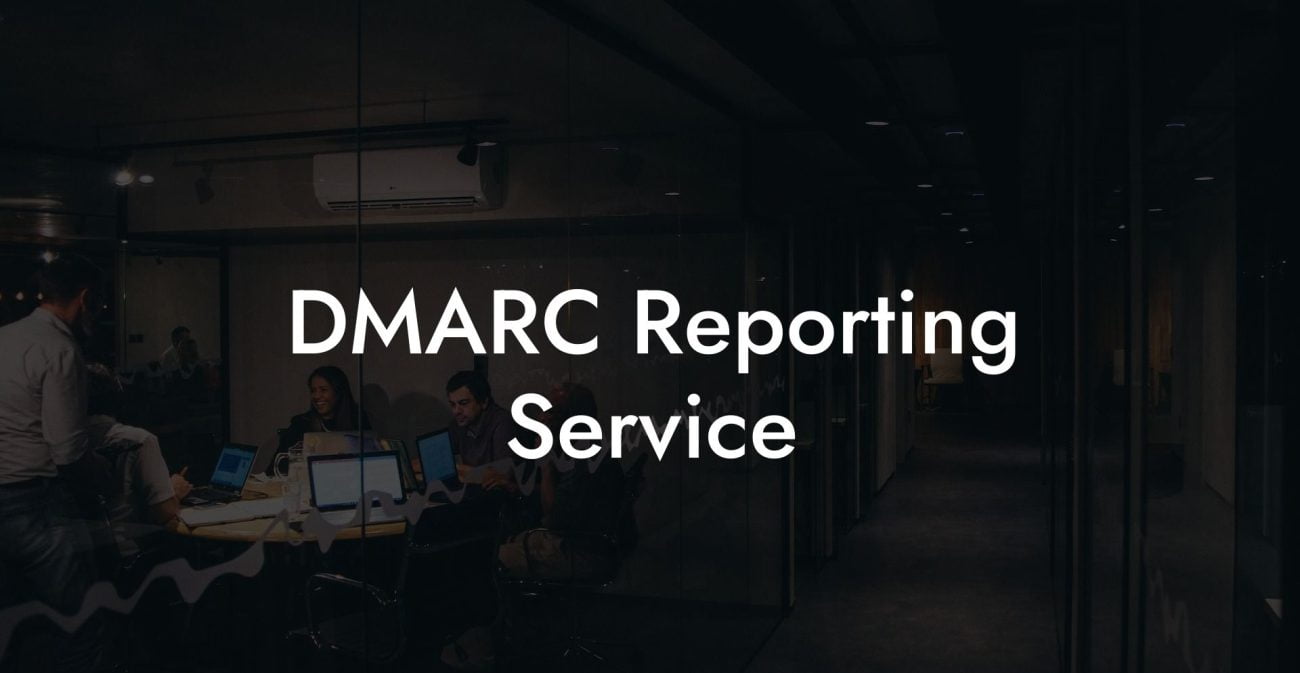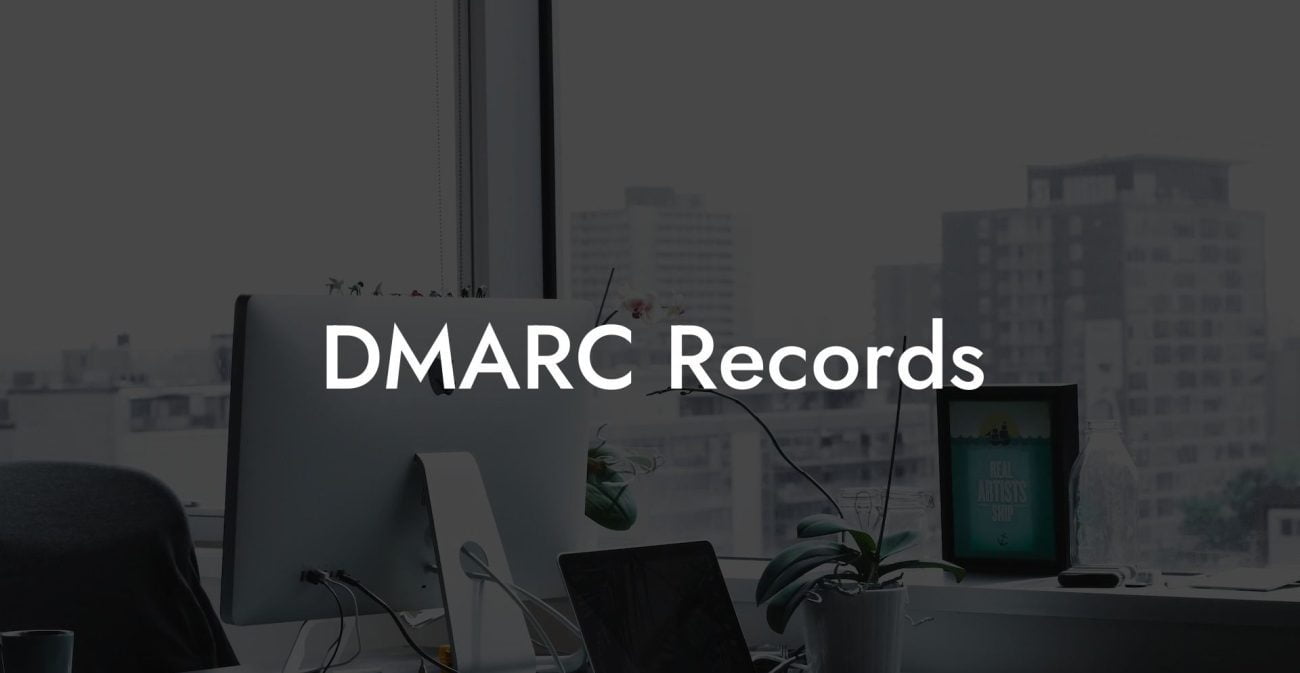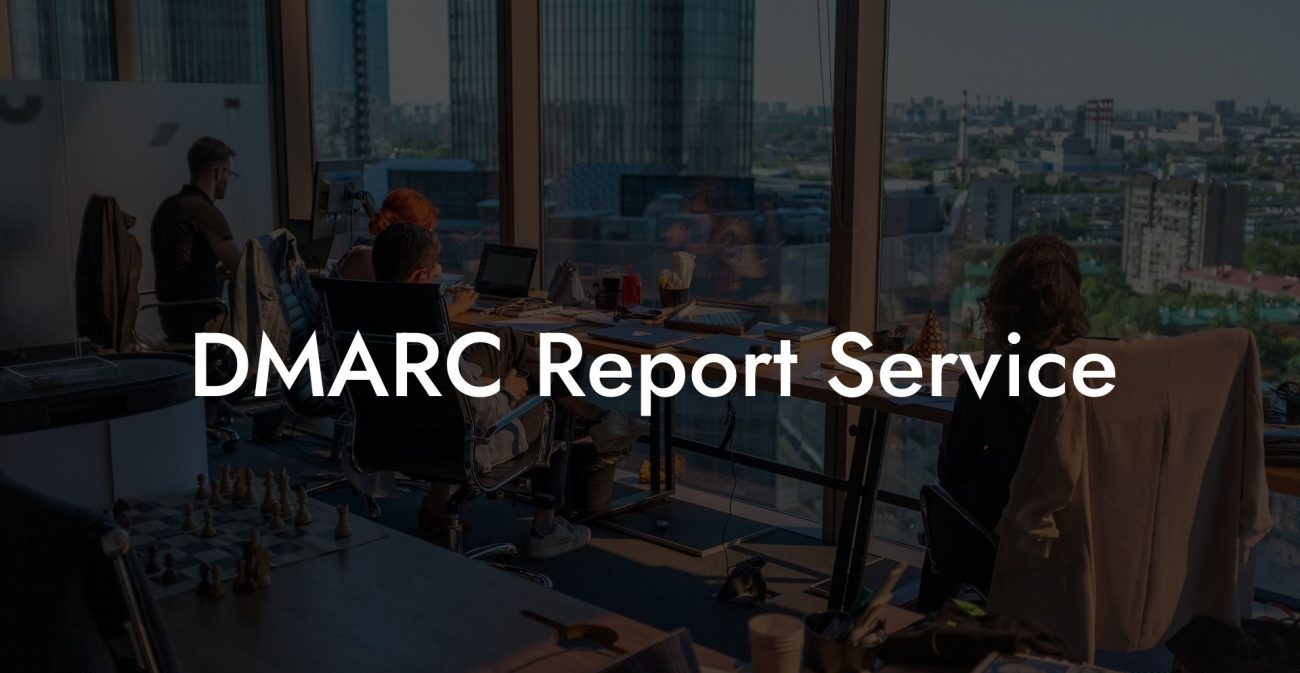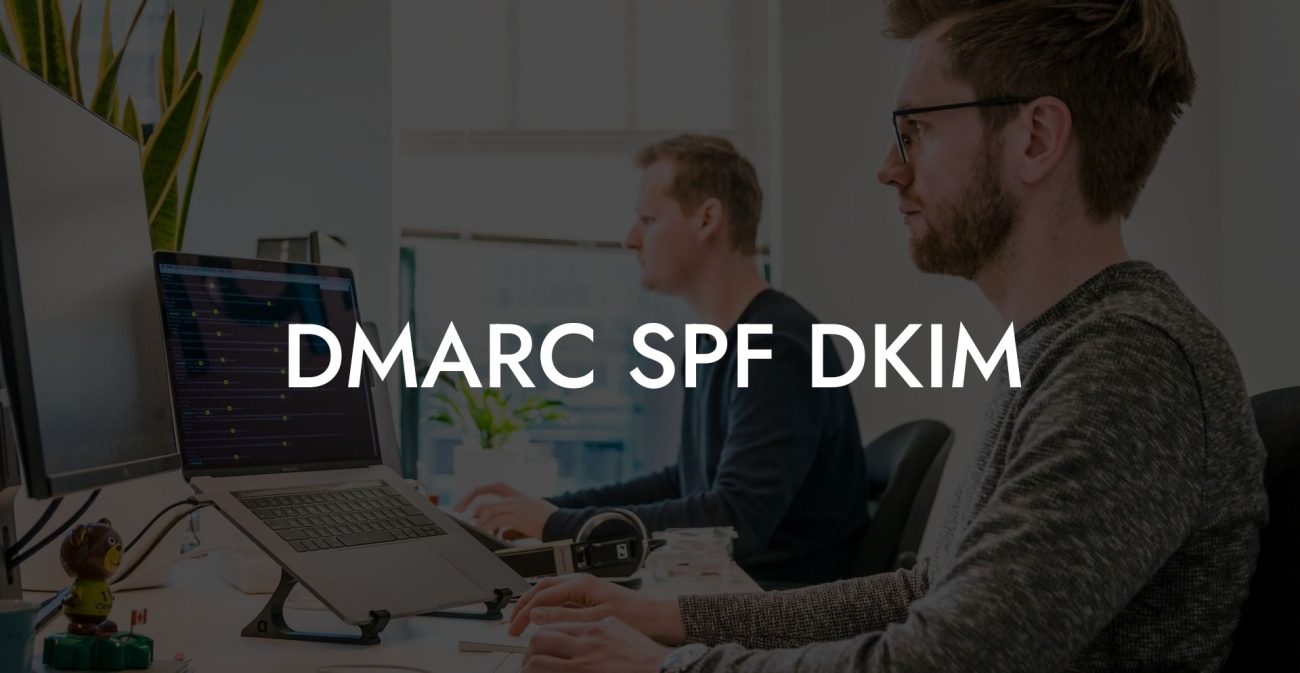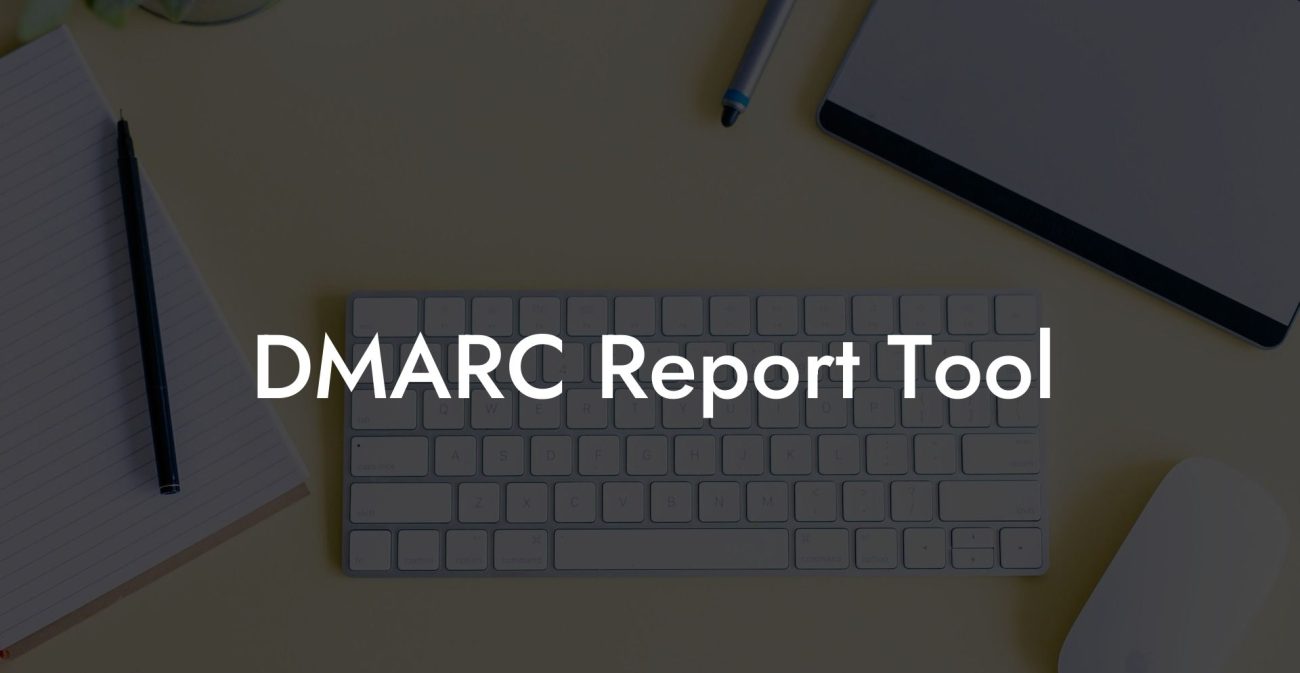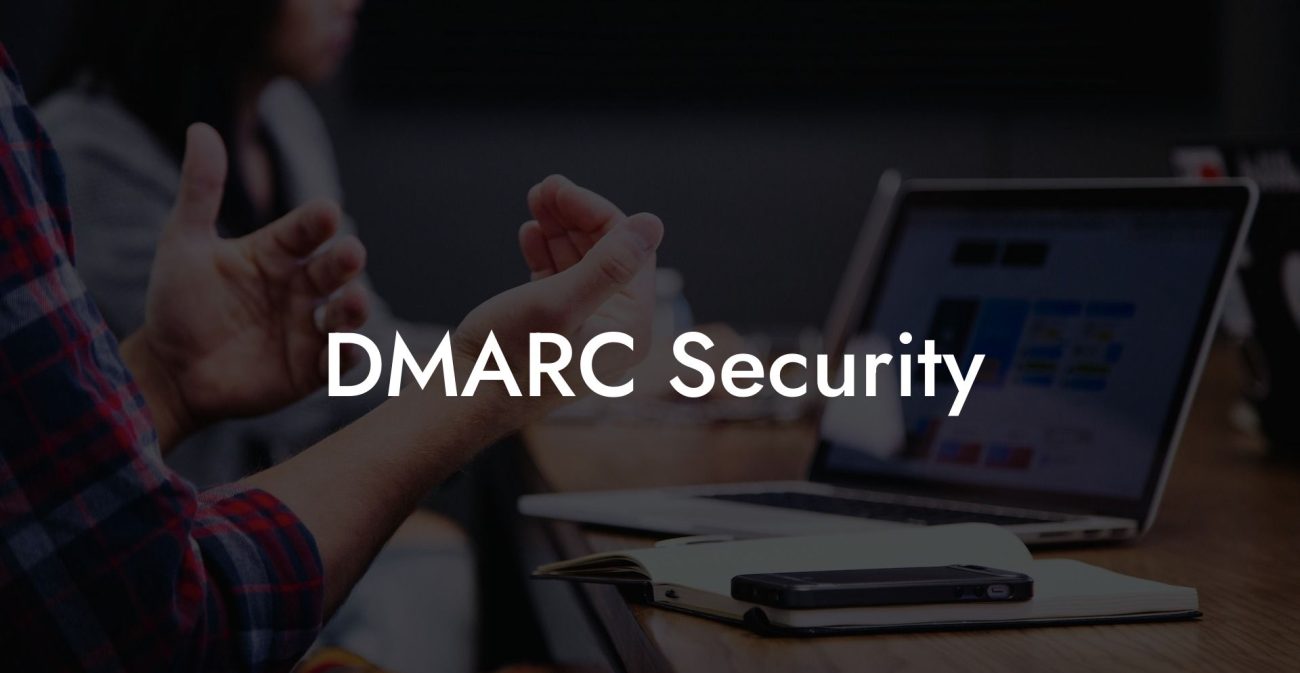In today's digital age, emails and telecommunications have become integral to the way we communicate. As technology continues to expand, so does the danger of falling victim to cybercriminals looking to capitalize on vulnerabilities in our communication systems. This is where DMARC Telecom comes in, a powerful anti-phishing tool that can help protect your organization and its users from fraudulent attempts to steal sensitive information. In this article, we will delve into the ins and outs of DMARC for telecommunications, exploring its importance and how it can be implemented effectively to secure your business from voice phishing threats.
Understanding DMARC
Domain-based Message Authentication, Reporting, and Conformance (DMARC) is an email authentication protocol that checks the authenticity of an email message. It works with Sender Policy Framework (SPF) and DomainKeys Identified Mail (DKIM) to ensure sender identity validation and prevent email spoofing, a common tactic used by cybercriminals in phishing attacks.
How DMARC Works
- DMARC analyzes the sender's SPF and DKIM records to verify the authenticity of the email.
- If the email passes DMARC validation, it is delivered to the recipient's inbox.
- If the email fails DMARC validation, it may be rejected, quarantined, or delivered to the recipient's junk folder based on the sender's DMARC policy.
Advantages of DMARC for Telecom
- Email Security: DMARC significantly reduces the risk of phishing and spoofing attacks by ensuring that only legitimate emails are delivered to the recipient.
- Brand Reputation: Implementing DMARC can enhance your organization's reputation by preventing unauthorized use of your domain, thus reducing the chances of your customers receiving malicious emails.
- Visibility: DMARC provides detailed reporting to help organizations monitor their email traffic and identify potential email security threats.
Implementing DMARC for Telecom
Protect Your Data Today With a Secure Password Manager. Our Top Password Managers:
To effectively deploy DMARC in a telecommunication company, follow these steps:
Step 1: Set up SPF and DKIM
Before implementing DMARC, you must first establish SPF and DKIM records. These are essential in providing domain authentication to ensure email messages are verified before being delivered.
Step 2: Create a DMARC Record
A DMARC record is created in the form of a DNS TXT record within your domain's DNS settings. This record will instruct email receivers how to handle messages that do not meet DMARC validation criteria.
Step 3: Set the DMARC Policy
Choose one of the following DMARC policies to determine the receiver's action when handling non-compliant emails:
- None: No specific action is taken, and emails are delivered normally.
- Quarantine: Suspicious emails are sent to the recipient's junk or spam folder.
- Reject: Emails that fail DMARC validation are blocked and not delivered.
Step 4: Monitor and Adjust
Monitor DMARC reports to gain insights into the performance of your DMARC implementation and make necessary adjustments to continue improving email security.
DMARC Telecom Example:
Imagine you own a telecommunications company, and your customers have been receiving phishing emails that appear to come from your company’s domain. These emails contain links to fraudulent websites, requesting the customers to provide personal information.
To protect your customers and your reputation, you decide to implement DMARC Telecom. First, you create SPF and DKIM records to verify the authenticity of your domain. Then, you create a DMARC record in your domain's DNS settings with a policy to quarantine suspicious emails. As a result, you significantly reduce the number of phishing emails reaching your customers, bolstering the trust they place in your brand.
The ever-increasing threat of voice phishing makes it crucial for organizations to take proactive steps in securing their communication channels. Implementing DMARC for your telecommunications company not only improves email security but also strengthens your brand's reputation. Use this guide to leverage DMARC Telecom and safeguard your organization from phishing attacks. If you found this article helpful, don't hesitate to share it with others who may also benefit from this valuable cybersecurity tool, and explore other guides on Voice Phishing to further arm yourself against potential threats.
Protect Your Data Today With a Secure Password Manager. Our Top Password Managers:





